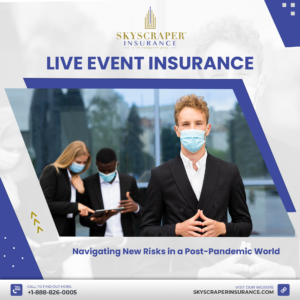New York State will soon require all employers to provide sick leave to employees. The New York State Sick Leave (NYSSL) law goes into effect on Sept. 30, but employees are not entitled to use NYSSL until Jan. 1, 2021.
Key Points of the New Law
The amount of NYSSL employees will be entitled to use will vary by employer size and income:
- Employers with at least 100 employees must provide 56 hours of paid sick leave.
- Employers with fewer than 100 employees must provide 40 hours of paid sick leave.
- Employers with fewer than five employees and a net income in excess of $1 million in the previous tax year must provide 40 hours of paid sick leave.
- Employers with fewer than five employees and a net income of less than $1 million in the previous tax year must provide 40 hours of unpaid sick leave.
NYSSL will accrue at a rate of one hour of every 30 hours worked, unless an employer elects to frontload all sick time at the beginning of the year.
Employers may set a reasonable minimum increment for use, which cannot exceed four hours.
NYSSL can be used for:
- Employee’s mental or physical illness or injury or diagnosis, care, treatment, or preventive care for employee’s mental or physical illness or injury.
- Covered family member’s mental or physical illness or injury or diagnosis, care, treatment, or preventive care for a covered family member’s mental or physical illness or injury.
- Absences related to employee’s status as a victim of domestic violence, family offense, sexual offense, stalking or human trafficking.
- Absences related to a covered family member’s status as a victim of domestic violence, family offense, sexual offense, stalking or human trafficking.
The term “family member” is broadly defined under the NYSSL to include an employee’s child (biological, adopted or foster child; a legal ward; or a child of an employee standing in loco parentis), spouse, domestic partner, parent (biological, foster, step or adoptive parent; legal guardian; or person who stood in loco parentis when the employee was a minor child), sibling, grandchild, or grandparent, and the child or parent of an employee’s spouse or domestic partner.
Unused sick leave must be carried over to the following year.
Employees may request in writing or verbally that an employer provide a summary of the amount of sick leave accrued and used by the employee, which the employer must provide within 3 business days of the request.
Employers may not require employees to disclose any confidential information in verifying the need for NYSSL.
Employees have a right to reinstatement and protections against retaliation for exercising rights under the NYSSL.
While the labor commissioner is empowered to adopt regulations and to issue guidance on the NYSSL, no such guidance has been issued to date.
Employers in New York City and Westchester County, both of which have their own sick leave laws, await further guidance as to how the NYSSL will interact with existing requirements. This will be particularly challenging for employers in Westchester County, where there is a separate Safe Leave Law.
While employees may not be able to use NYSSL until Jan. 1, 2021, the law goes into effect Sept. 30. Practically, this means that employers selecting an accrual method must be prepared to start tracking accrual, provide information upon request regarding accrual, and be prepared to carry over accrued time for employee use starting Jan. 1, 2021.
[Looking for state-specific information? See State & Local Updates]
Additionally, while nothing in the law requires employers to pay out unused sick time upon employment separation, employers should review their handbooks to ensure their pay out policies are clear on the subject.
Significantly, the NYSSL is separate and distinct from the New York State Quarantine Leave Law, which went into effect on March 18. It remains unclear how these two laws will interact in 2021. However, based on the fact the New York State Quarantine Leave Law is a benefit that employers must provide in addition to standard paid sick leave, the expectation is these leave entitlements will not run concurrently.




